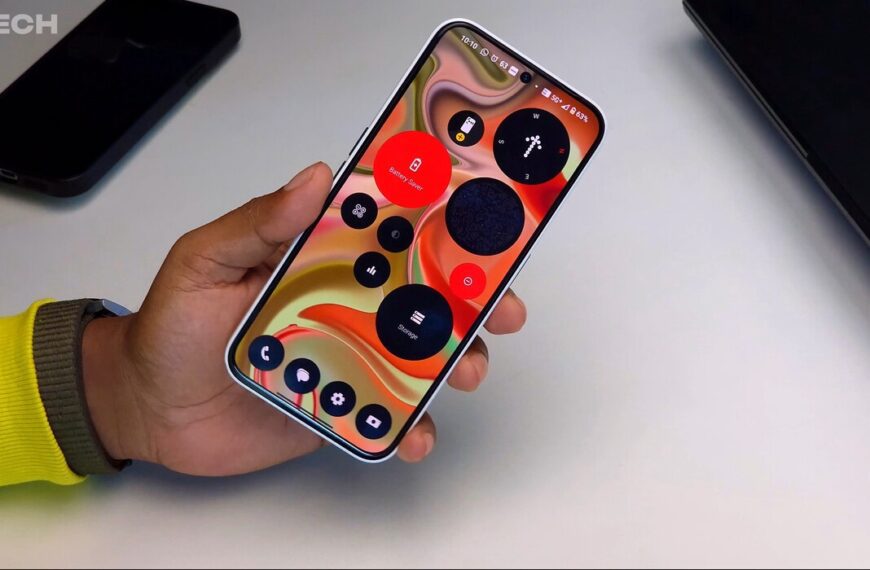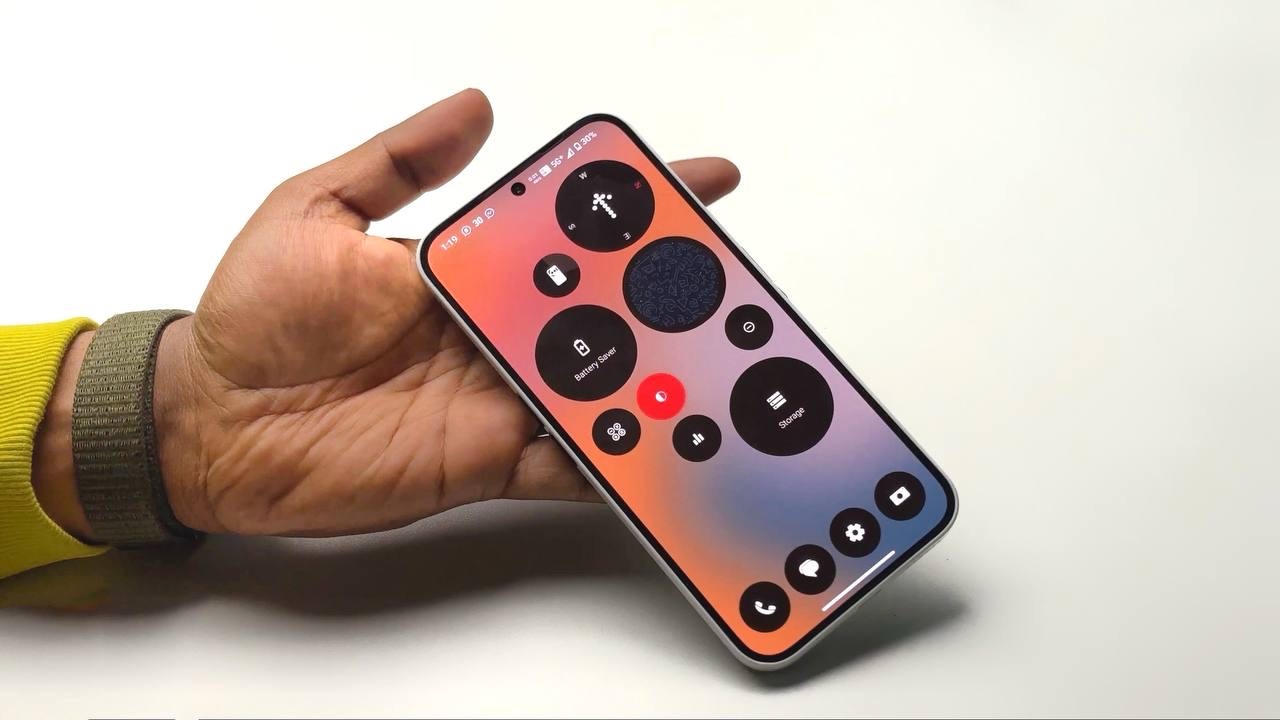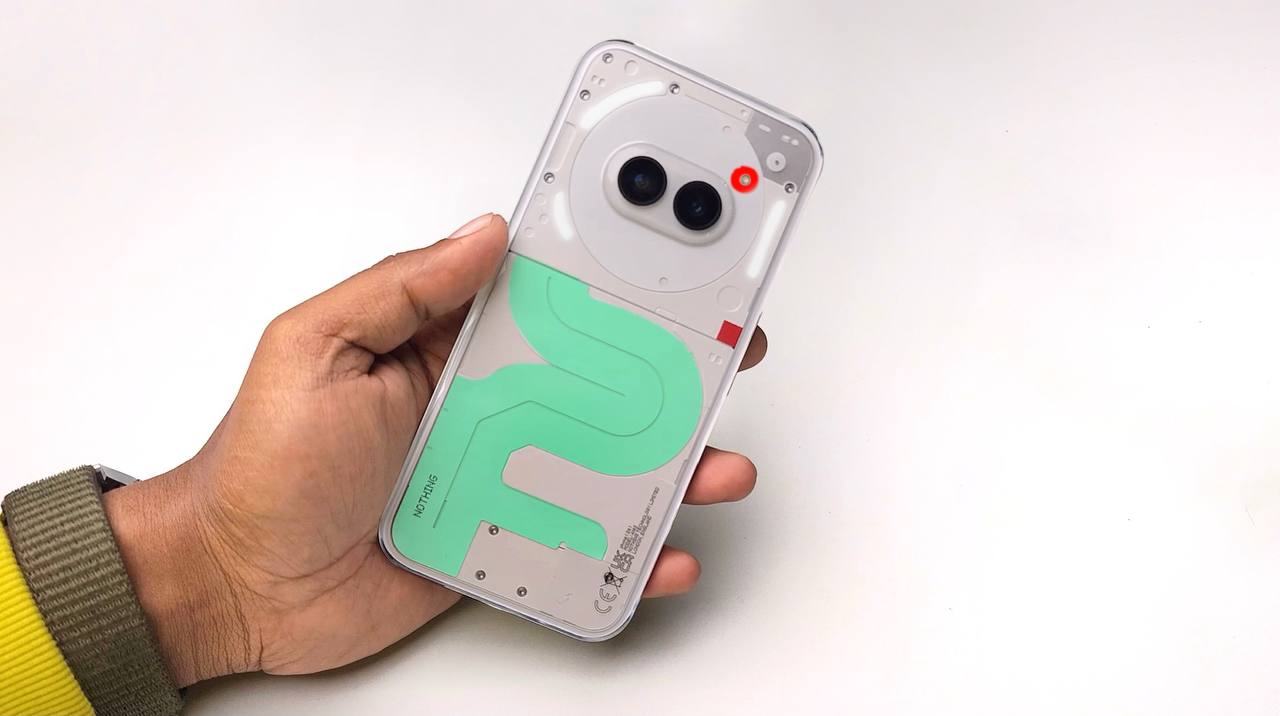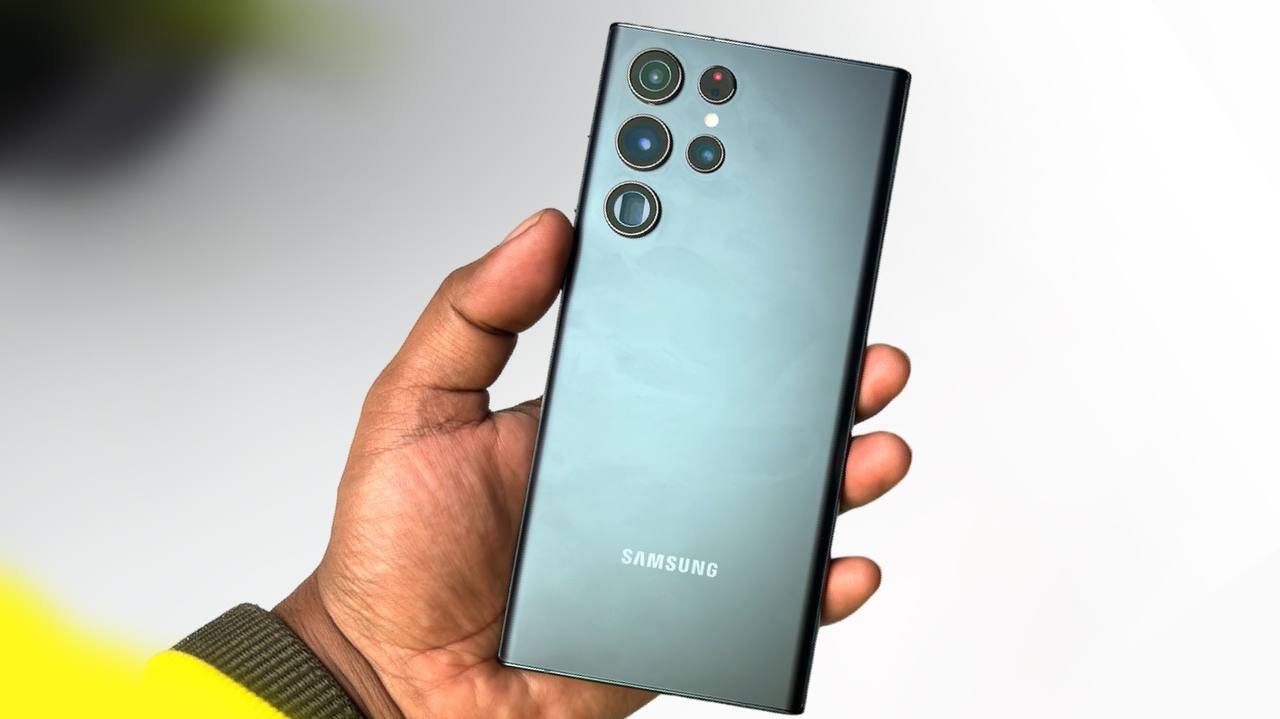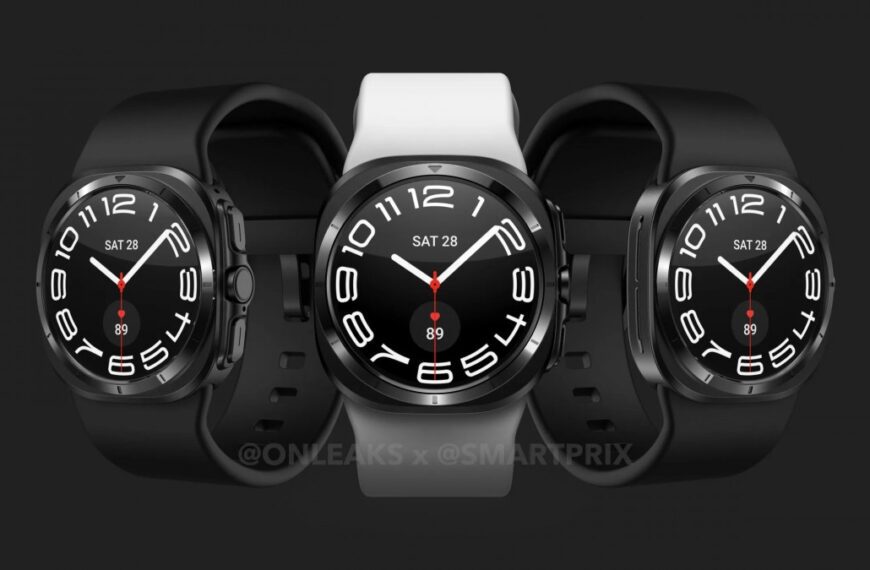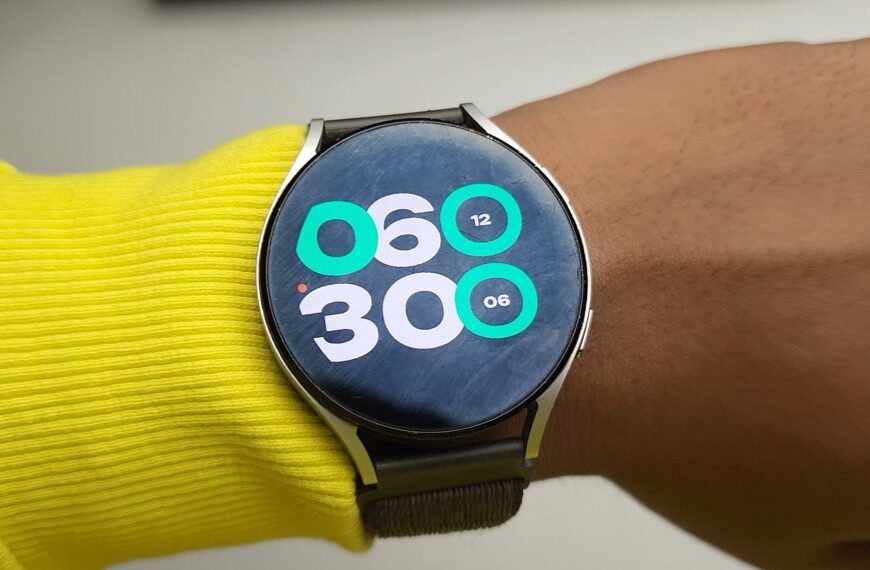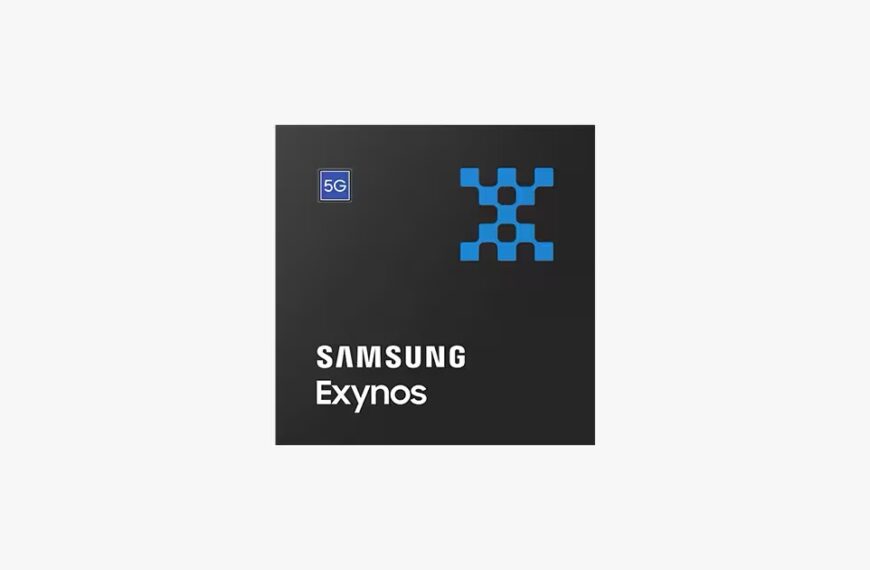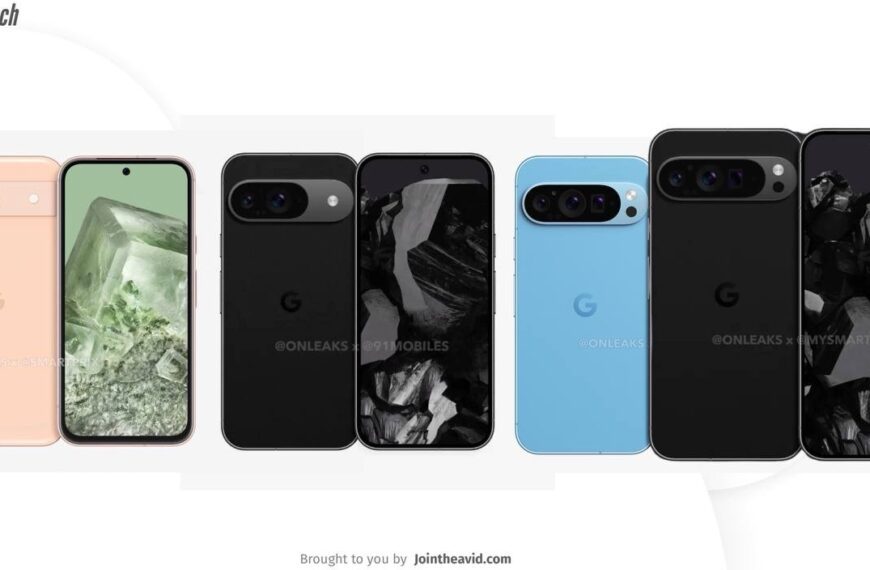
So many of us actually feel Nausea, headaches or eye strain while using the smart phones. It could be because of two reasons, One Is higher brightness in the night and the second one if you lower down the brightness. High brightness on phones can contribute to headaches mostly because of the blue light emission. Blue light has a short wavelength and high energy, which can be more strenuous for our eyes to process, especially with prolonged exposure. This can lead to symptoms like eye strain, headaches, and disrupted sleep patterns.
But the second point only applies to few of us (about 10% of human populations). It’s called PWM stands for Pulse Width Modulation. It is a technique used in phone displays to control brightness. It involves rapidly turning the screen’s pixels on and off at a specific frequency, creating the illusion of different brightness levels. The width of these on-off cycles determines the perceived brightness. It’s mostly visible or effective at lower brightness levels depending on the manufacturers(at which level it will more effective).
PWM can attract our eyes because it can create a flickering effect, which can be noticeable and bothersome (yet mostly unnoticeable) to some people. The flickering can cause eye strain, headaches, nausea, and other discomforts, especially at low frequencies (below 200Hz or even 500Hz). This is because the rapid on-off cycles of the pixels can impair the retina’s ability to react and force the muscles in the eyes to work harder, leading to fatigue. But if the frequency is much higher than it is not as much visible, or sometimes not even noticeable at all, it doesn’t affect human eyes.

PWM is different from the typical high refresh rate of modern smartphones. Refresh rate refers to the maximum speed at which all the pixels can be updated per second. It can also be interpreted as how many times per second the pixels are able to draw a new image. It is usually measured in frames per second (FPS) or hertz (Hz). A higher refresh rate can result in smoother, quicker changes to the pixels, creating a more realistic and smoother effect.
PWM and refresh rate are not directly related, but they can affect each other somewhat. For example, if the PWM frequency is too low, it can limit the maximum refresh rate that can be achieved, because the pixels need to stay on or off for a longer time. Conversely, if the refresh rate is too high, it can reduce the PWM frequency, because the pixels need to change faster. Therefore, a balance between PWM and refresh rate is needed to achieve optimal smooth and comfort.
No, the PWM sensitive people are no different from a normal human. Sometimes a normal people can become PWM sensitive After getting exposed to a device that has lower PWM. This is something that most companies ignore because it is not the biggest problem to solve, but it is also a very easy problem to solve. For example, the iPhone 15 plus ( estimated ~480Hz)Which cost $899 has a massive PWM effect on me where is a $350 phone has better PWM frequency (2160Hz). So it’s not about the expensive display having better PWM it just if the company wants to do it or not. But recently companies started talking about the PWM frequencies of their displays.
Immediate Solutions
You have only a few ways to stop the effect by somewhat. you have to turn on the dark mode because the PWM effects a lot when you have white screen on the OLED panels.

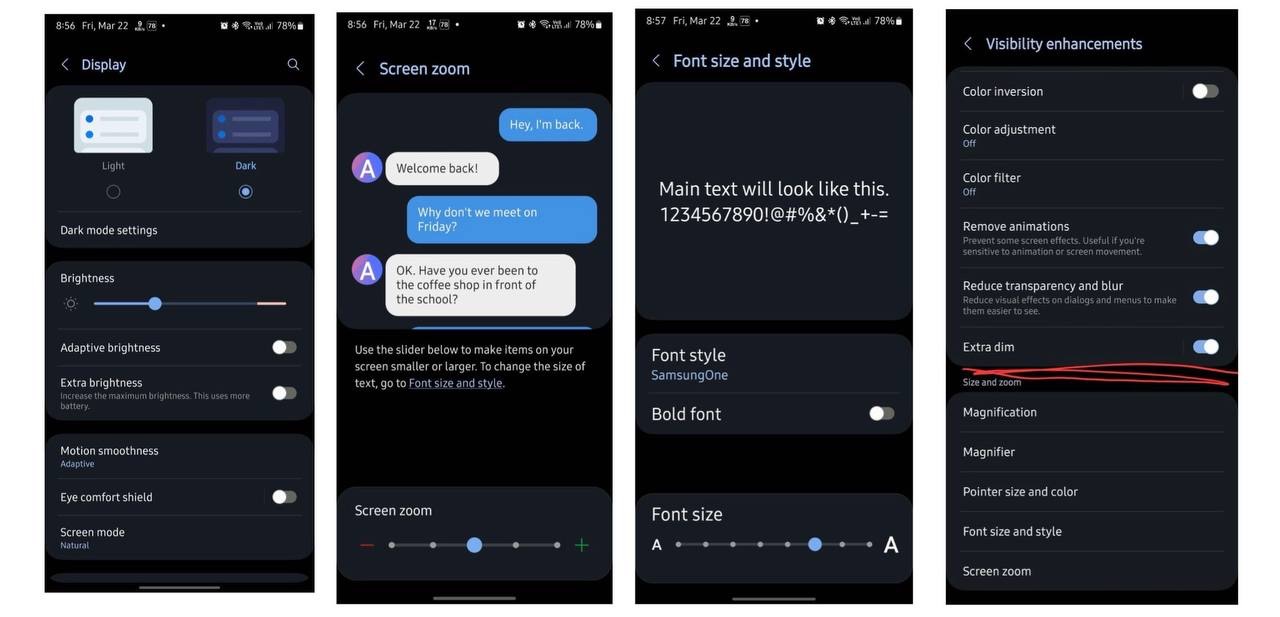
Second on the iPhone, you can turn on reduced white point in the display settings inside the accessibility settings And set it to max. Or you can use third party grey filter app on android or use extra dim option inside visibility enhancements settings inside accessibility settings in certain android phones. In that specific scenario, the visible brightness will be down by a lot, but the actual brightness in the brightness slider will still need to be at the max, which will actually also reduce the battery life of the phone, and it will generate slightly more heat than normal. but that’s the trade off at this point to save you from headaches and eye strain. On top of that in the night you can use night light to reduce the effect of blue light emissions to help it further.


